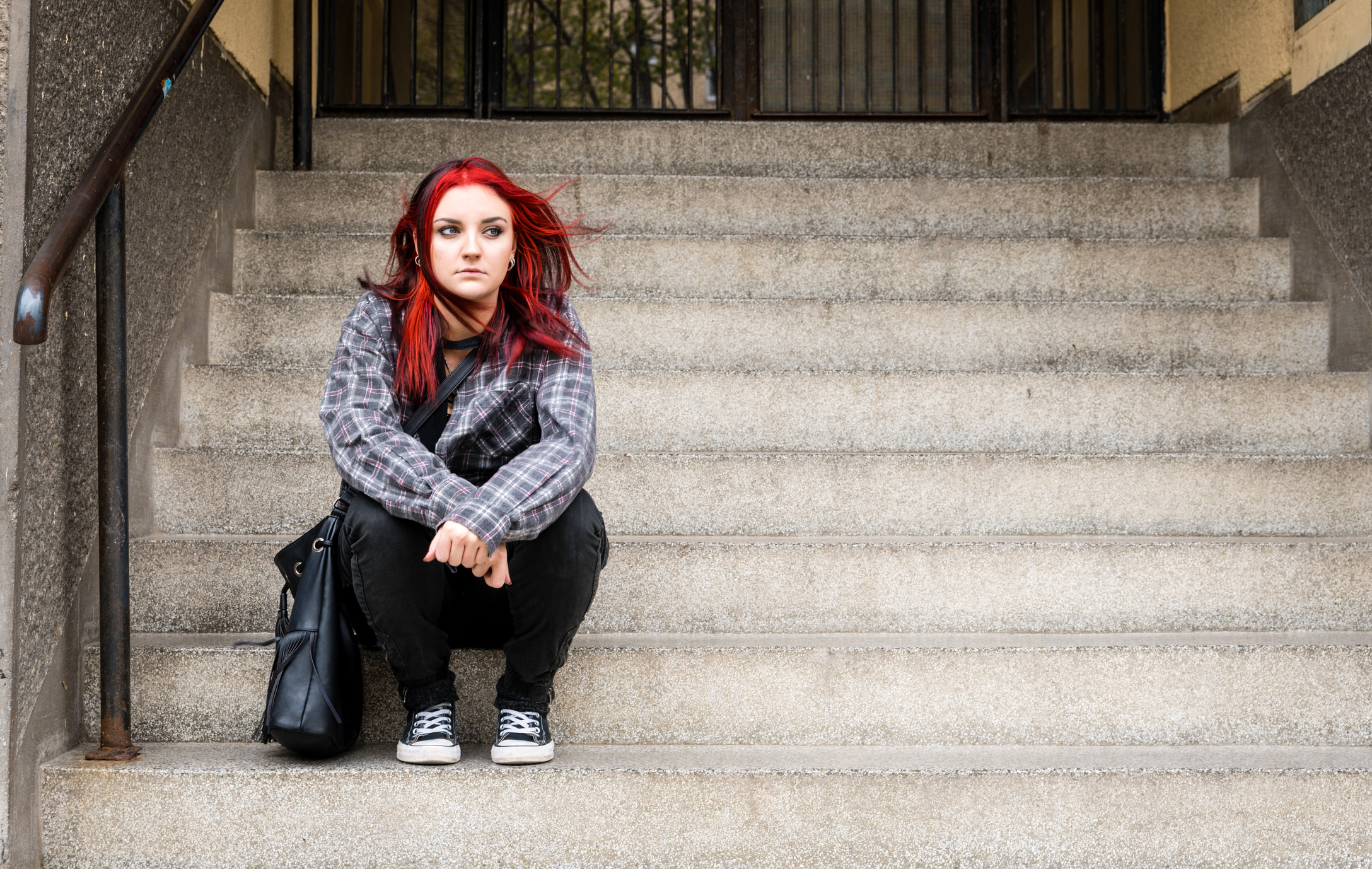University of Iowa assistant professor of epidemiology Jonathan Platt studies the bigger picture of why suicides are affecting some groups of youth more than others. Research shows an increasing trend of suicides among racially minoritized youth in the U.S., especially non-Hispanic Black youth.
“The unanticipated rise in suicide deaths among non-Hispanic Black youth has drawn urgent calls from Congress to understand historical and emerging forms of structural inequity as causes of suicide, in order to reduce deaths in marginalized populations,” he said.
Platt and his research team have developed a dataset with over 30 indicators/markers of “structural inequities” that could help explain suicide trends in the U.S. including social factors related to income, education, and discrimination. They hope their studies using these indicators will help predict suicide rates, identify high-risk groups, and inform prevention efforts in the future. Their research is also identifying “suicide clusters” in the U.S. – places where people die by suicide in a similar time and location. According to Platt’s research, these clusters are widespread, differ based on race, and are especially common among youth.
Here, Platt discusses more about youth suicide disparities.
Q & A: What are some trends in youth suicide in the U.S.?
Suicide is a leading cause of death for American youth ages 10-14. Historically, suicide rates have been higher among boys, those who identify as Native American or non-Hispanic White race, and those who identify as LGBTQ+ (you can read more about suicide disparities here). Though the absolute number of deaths for youth is low relative to adults, the rate has tripled between 2007 and 2020.

Q & A: What are the emerging high-risk groups for youth suicide?
Trend increases have differed by racial identity and also gender. Specifically, girls and non-Hispanic Black youth have been identified as new high-risk groups. Rates have been increasing among girls during 2018-2020, which is particularly alarming as female adult suicide deaths decreased during this period (see Suicide Mortality in the United States, 2000-2020). The rate of suicide deaths over time has continued to trend upward for racially minoritized youth, including those who identify as Black, Hispanic, Latine, Asian American, Native Hawaiian, and Pacific Islander.
Q & A: What is a “suicide cluster” and where in the U.S. do they exist?
A suicide cluster is when individuals die by suicide at a similar time and place. Between 5–10% of all suicide deaths are part of a suicide cluster and these clusters are especially common among youth.
Suicide clusters emerge through both social (i.e., person-to-person) transmission and experiences shared by people living in the same place and time. Social transmission can occur when people with the same interests, experiences, and risks spend time together. Information or behaviors related to suicide may also spread through social interactions.
Social transmission can also occur through exposure to inappropriate (e.g., graphic, inaccurate, glorified) suicide information, especially increased media reporting, often in the wake of a high-profile suicide (called The “Werther Effect”, or, more recently the “Robin Williams Effect.”) Shared exposures among youth include landscape and climate, local economic conditions, and the availability and acceptability of guns.
In some of our recent work, we found that suicide clusters are widespread throughout the US, but also racially patterned. Among Native American and White youth and young adults, most clusters occur in the Plains and Mountain West regions, while among Black youth and young adults, clusters occur mainly in Southeastern and Mid-Atlantic states. Many urban areas are identified as ‘cold clusters’, or areas with lower-than-expected suicide rates.

Q & A: How are suicides affecting rural areas in the U.S.?
Recent increases in suicide deaths have disproportionately affected rural populations. Rural suicide rates increased 48% from 2000 to 2018 (from 13.1 to 19.4 per 100,000), increasing nearly 1.5 times more than urban rates (34% increase, from 10.0 to 13.4 per 100,000). Among rural youth ages 15-19, rates are 54% higher than that of urban youth of the same ages (15.8 vs. 9.1 per 100,000) and have increased 74% over the past 12 years.
The pace of rural suicide rate increases (all ages) has tripled since 2007 (from 1 to 3% annual increases), further highlighting the urgency of the epidemic.
Q & A: What has your research found about how structural factors (e.g., economic status, education, local environment) affect youth suicides?
Our ongoing research seeks to understand what and how key structural factors are driving suicide rates. Structural factors include economic and social policies that can affect everything from workplace policies to housing or education and other resources that may influence health.
Focusing on changes over time gives us a framework to find key targets for suicide prevention. For example, racism isn’t a newly emerging phenomenon, so instead we ask, what aspects of racial discrimination have emerged in the past 20 years that might be affecting suicide risk among Black-identifying youth?
Based on this framework, we have created a dataset with over 30 indicators of ‘structural inequity’ which could plausibly explain suicide trends. For example, Black-youth suicide increases may be related to exposure to so-called ‘hot spot’ policing strategies at a young age. We include these and other indicators of structural racism, as they are experiences that disproportionately target people and communities of color.
Our work to predict suicide rates and group differences based on measures of structural inequity is ongoing. We presented preliminary project results at the SAVIR conference this spring, for which PhD student Amanda Sursely won the Student/Early Career Professionals Science Award.
Q & A: To prevent suicides, why do we need to investigate beyond whether an individual has access to a gun or mental health care?
As a social epidemiologist, I take an equity-focused approach to study why suicide is affecting some groups more than others. This approach focuses on broader reasons for deaths and health problems and how they are connected to each other to cause health disparities, not just individual reasons.
Inequities reflect harmful social experiences of certain groups, in the form of marginalization, discrimination, etc., and may explain long-standing disparities in suicide. For example, Indigenous communities have historically experienced a higher burden of suicide than other racial/ethnic groups in the U.S., due in part to genocide, institutional racism, and being left out of social, political, and economic opportunities. Certainly, low access to mental health care and lack of responsible gun policies fit into this framework.
Published September 10, 2023
Some resources:
New UI Research examines evidence of rising youth mental health concerns
UI IPRC blog: Preventing youth suicide
UI IPRC blog: Safer gun storage to prevent child injuries and death